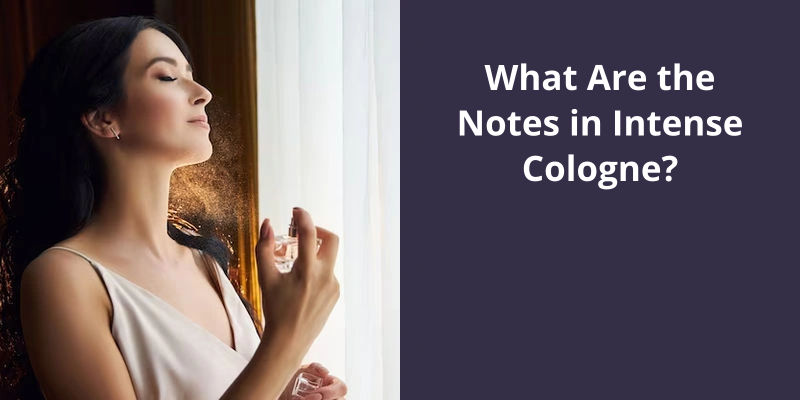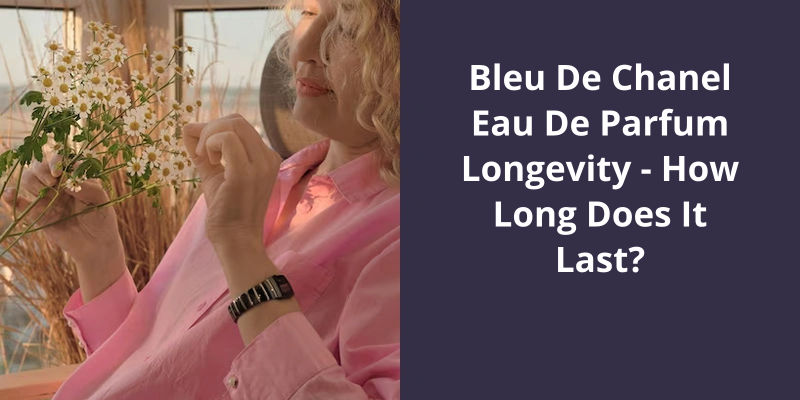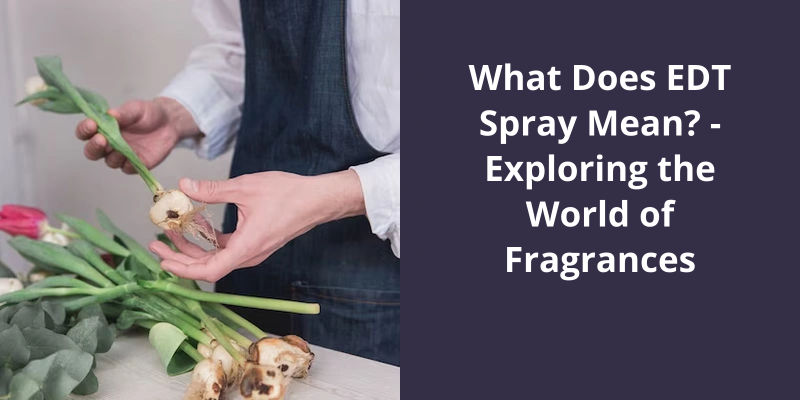Yes, you can capture a smell in a jar. The process involves trapping volatile molecules responsible for smell in a container. You would collect the desired scent by placing the jar over the source until it is filled with the aroma. Quickly sealing the jar preserves the scent. However, preserved scents are not permanent; when you open the jar, molecules disperse into the environment, and gradually the scent will fade away within the jar. Therefore, it’s a method best used for immediate or short-term enjoyment of a specific scent. Remember, the intensity of the smell can change over time or differ slightly from its original source.

Is It Possible to Capture a Smell?
Capturing a smell is something that’s fascinated scientists for centuries, but is it actually possible? While the human nose can detect thousands of different scents, capturing those scents for later analysis has proven to be quite difficult.
One of the most common methods for capturing a smell involves using a specially designed device known as an odor trap. This device typically consists of a funnel that’s placed over the object with the scent you wish to capture. The funnel is then attached to a pump that draws air into a porous polymer resin or other odor-absorbing material. Over time, this process allows the scent molecules to become trapped within the resin, where they can be later analyzed.
The intensity of the scent, the type of material it’s coming from, and even the surrounding environment can all play a role in the success of capturing the smell. In some cases, it may take just a few minutes to capture a smell, while in other cases it may take hours or even days to obtain a viable sample.
Despite the challenges associated with capturing smells, the benefits of doing so are clear. By analyzing the chemical makeup of different smells, scientists can gain a better understanding of the world around us. This information can be used to develop new fragrances, identify potential health risks, and even improve our understanding of how different animals use scent to communicate with each other.
Whether you’re interested in developing the next great perfume or simply want to better understand the role of scent in our lives, the ability to capture smells is a critical first step.
With the advancements in science and technology, capturing scents has become a possibility. In this process, a pump is used to draw scent molecules over an adsorbent material in a vial, which is then sent to a lab for further analysis. It’s much like the process of sending film away to develop photographs. But how is this technology helpful? Let’s find out in the following section.
How Is Scent Captured?
At the lab, the adsorbent material with the scent molecules would undergo a process known as thermal desorption, in which the molecules are released and separated by a gas chromatograph. The gas chromatograph would analyze the chemical composition of the scent and create a chromatogram, a graph that shows the scents chemical makeup.
This process of scent analysis is known as “scent-ography,” a term coined by scent expert, Sissel Tolaas. Tolaas has been collecting and cataloging scents for over 20 years and has amassed a database of over 7,000 different smells. Through scent-ography, Tolaas has been able to identify and document the unique chemical signature of each smell, from flowers and fruits to body odor and even sewage.
One of the key challenges in scent-ography is capturing the complex and often subtle nuances of a scent. The human nose is able to detect and distinguish thousands of different scents, but replicating this ability with technology is still a work in progress. Advances in artificial intelligence and machine learning may eventually lead to more sophisticated scent analysis techniques that are on par with the human sense of smell.
For example, scent analysis could be used to identify the source of a fire or to detect drugs or explosives. In the realm of fragrance, scent-ography could be used to create custom perfumes that are tailored to an individuals unique scent profile.
As technology continues to advance, we may be able to unlock the secrets of scent in ways that were once unimaginable, leading to new applications and insights into one of our most primal senses.
Source: How to capture a scent, much in a similar way …
In recent years, there’s been a growing interest in the field of scentography, which aims to capture and reproduce scents in a way that can be recorded and stored. Through the use of complex chemical and electronic means, it may now be possible to capture the essence of a particular smell and preserve it for future use. But is this technique really feasible? Let’s explore this question in more detail.
Is It Possible to Record a Smell?
Smells have always been one of the most powerful and evocative of our senses, capable of triggering memories and emotions with just a whiff. But until recently, it seemed impossible to capture and preserve these fleeting aromas. However, scentography has emerged as a promising new field that aims to do just that.
The process of scentography involves using chemical and electronic means to artificially recreate a smell and store it for later use. This can be achieved in a variety of ways, depending on the intended application. One common method involves analyzing the chemical composition of a particular odor and then using a combination of synthetic compounds to reproduce it. This can be done on a small scale for personal use, or on a larger scale for commercial or industrial applications.
Another technique used in scentography is called gas chromatography-mass spectrometry (GC-MS). This involves separating the different chemical components of a smell and then identifying each one. Once the components have been isolated, they can be combined in precise proportions to reproduce the original scent. GC-MS is particularly useful for creating perfumes, colognes, and other fragrances.
Of course, there are some limitations to scentography. For example, some smells are incredibly complex and difficult to reproduce accurately. Additionally, the technology for capturing and storing odor is still relatively new and the results aren’t always consistent. However, with advances in chemistry and electronics, it’s likely that scentography will continue to develop and improve in the years to come.
One exciting application for scentography is in the field of virtual reality. By incorporating realistic smells into VR experiences, developers can create a truly immersive sensory experience that can help users feel like they’re truly present in a virtual world. This could have a range of applications, from entertainment and education to therapy and rehabilitation.
While it may never be possible to capture every single smell, the ability to record and reproduce certain odors could have a profound impact on our lives and our understanding of the senses.
While video and audio recording have advanced dramatically over the years, allowing us to capture and share experiences in new ways, the idea of recording smell or taste seems far-fetched. Despite significant advancements in sensory technology, recording these senses remains out of reach due to the fact that it would entail capturing and storing actual particles – something that’s currently beyond the realm of possibility.
Is Recording Smell Possible?
Unfortunately, saving actual particles is impossible, as it would require advanced technology that doesn’t currently exist. Our sense of smell is triggered by our olfactory receptors recognizing molecules in the air. These molecules are constantly moving and changing, making it impossible to capture and store them permanently. Even if we were able to capture the molecules, our technology would need to be able to recreate the exact same combinations of molecules in order for the smell to be accurately replicated.
Beyond the technological limitations, there are also ethical considerations. The ability to record and reproduce smells could be used for nefarious purposes, such as creating potent scents to manipulate and control peoples behavior. Additionally, it could raise concerns about privacy and the use of scent as a form of surveillance.
One popular method is through the use of fragrance synthesis, where chemists create fragrances that mimic natural scents. This has been successfully done with synthetic sandalwood and musk fragrances, among others. Another method is through aroma diffusers and scent generators, which disperse scents into the air to create a particular atmosphere or mood.
Ultimately, while recording smells may seem like a tantalizing prospect, it’s simply not feasible with current technology. However, there are other ways to experience and enjoy scents, such as through fragrance synthesis, aroma diffusers, and the olfactory arts. Our sense of smell is a powerful tool and can evoke strong emotions and memories, even if it can’t be recorded and saved for future use.
As technology advances, scientists and researchers have explored various ways to connect our senses with digital platforms. While sight and sound have been successfully digitized, the sense of smell has been a challenge. However, with the introduction of digital scent technology, it’s now possible to transmit and receive smells through the internet. This breakthrough technology uses olfactometers and electronic noses to sense and analyze smells, paving the way for new possibilities and experiences in the digital world.
Is Digital Smell Possible?
The concept of digital smell has been around for a long time, but it’s always been a subject of scientific research rather than a practical application. The idea itself is intriguing – the thought of being able to transmit and receive smells through the internet is something that’s long captured peoples imagination. However, the practical challenges of developing such a technology have, until now, seemed insurmountable.
One of the most promising applications for digital smell technology is in the field of virtual reality. Companies such as Oculus have already developed a range of visual and auditory technologies that simulate realistic immersive environments, but without the ability to include scents, the experience remains incomplete. Being able to smell the scent of forests, flowers or even food would add another layer of realism to virtual environments.
There are many challenges that must be overcome before digital smell technology becomes a reality. One of the key issues is the standardization of scent delivery systems, as different individuals have varying sensitivity to certain fragrances. Additionally, the ability to digitally transmit a scent in a way that’s both accurate and safe is still untested.
The potential applications of this technology are vast, from immersive virtual reality experiences to medical diagnosis and even security systems.
The Potential Impact of Digital Smell on the Food and Beverage Industry, Including Taste Testing and Product Development.
Digital smell technology could revolutionize the food and beverage industry by enabling taste testing and product development to be done remotely. This technology could make use of electronic sensors to mimic the sense of smell, allowing sensory evaluation to be conducted virtually, saving time and reducing the need for physical presence. This could lead to increased efficiency, improved accuracy, and ultimately, improved products.
Advancements in technology have made it possible to develop devices that are equipped with odor sensors, which can be used for a variety of applications. These sensors work much like the human nose, with the ability to detect and analyze different types of odors. The use of these devices has grown in various fields, from health care to agriculture. Nonetheless, the possibility of detecting smells always raises questions about the limits of technology in mimicking human sense of smell.
Is There a Device to Detect Smell?
However, recent advancements in technology have led to the development of more sophisticated devices that can detect smells in various environments. These devices are called electronic noses or e-noses. They work by detecting the scent of an object or substance and converting it into an electrical signal that can be analyzed.
For example, a team of researchers at the Korea Advanced Institute of Science and Technology (KAIST) has developed a device that can detect the scent of alcohol on a persons breath. The device, which is worn on the wrist like a watch, uses a gas sensor to detect the presence of alcohol molecules in the air.
Conclusion
In conclusion, while it may not be possible to capture all the nuances of a scent in a jar, it’s possible to collect some of the scent molecules through the process of vaporization. By understanding the science behind how smells are created and how molecules interact with one another, we can gain a deeper appreciation for the complex world of fragrances and aromas. As we continue to explore the mysteries of scent, we can unlock new ways to use this powerful sense to enhance our lives and connect with the world around us. So while we may never fully capture the essence of a smell in a jar, we can continue to seek out new ways to understand and experience the subtle and complex world of aroma.





